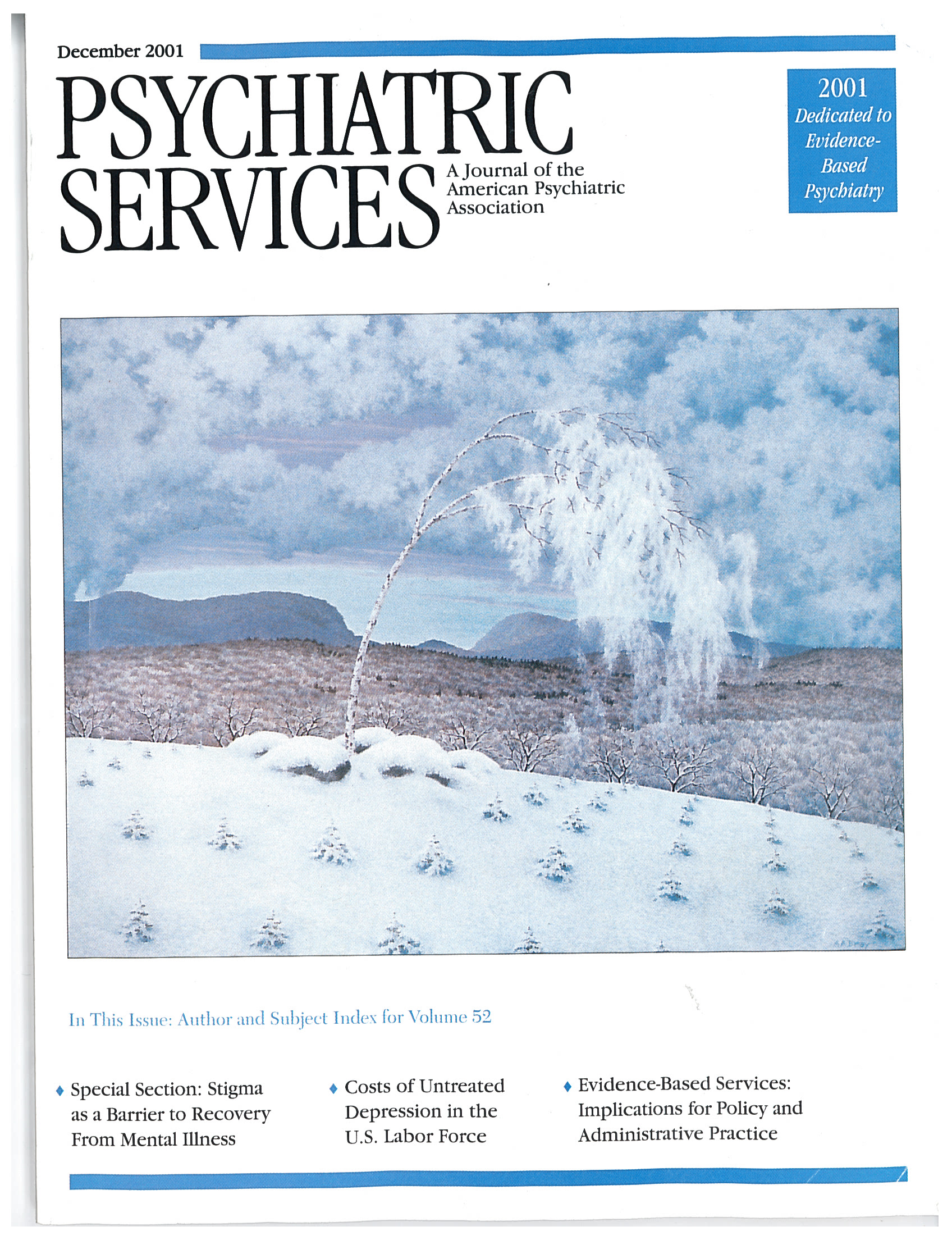Death of the Good Doctor: Lessons From the Heart of the AIDS Epidemic
In 1985 Kate Scannell, M.D., left an academic position at San Francisco General Hospital to work as a general internist at a community-based county hospital 20 miles away. She hoped to escape the emerging plague of AIDS, which had increasingly come to dominate her San Francisco practice. But when, to her dismay, she was appointed clinical director of the newly developed AIDS ward at Fairmont Hospital, she did not run away, and for the next five years she experienced the deep personal rewards of tending to the dying as scores of her patients exhausted the limited number of medical options that were then available.
Death of the Good Doctor details a period in the history of the AIDS epidemic in the United States when there were no effective treatments for HIV infection and when discrimination, ignorance, and denial were nearly universal responses to those who were infected. Of course more thorough accounts of this history can be found elsewhere, and for many younger health care professionals it may no longer even seem relevant.
But the essence of this book is the timeless theme of how we engage with our dying patients, how we help them despite our own helplessness to make them better, and how intimate we become with them in the process. In Death of the Good Doctor, we gain insight into this final stage of life through Dr. Scannell's emotional struggles and those of some of her most memorable patients. There's Jay, a threatening homeless injection drug user who settles down when Dr. Scannell learns what he most cares for and buys it for him: a bowl of goldfish. And there's Elton, an obsessional man who is convinced that there must be a proper etiquette to dying and wants to discuss the steps with her. There's gravely ill Eric and his belligerent mother, who were estranged for 11 years and now are helped by the reluctant Dr. Scannell to reconcile with one another and thereby permit a peaceful good-bye. And there's Marvin, whose last request is granted: a purchase-free trip to a Target department store. A host of other characters, nearly all of them men, populate this narrative.
It is then all the more remarkable to learn at the end of the book that Dr. Scannell has herself coped with discrimination as a lesbian physician and that she is now facing her own premature life-and-death battle with cancer. This highly readable book is an engaging account of how much healing is possible even when our only task is to help our patients make life's inevitable final transition.
Dr. Cournos is director of the Washington Heights Community Service at the New York State Psychiatric Institute in New York City.



